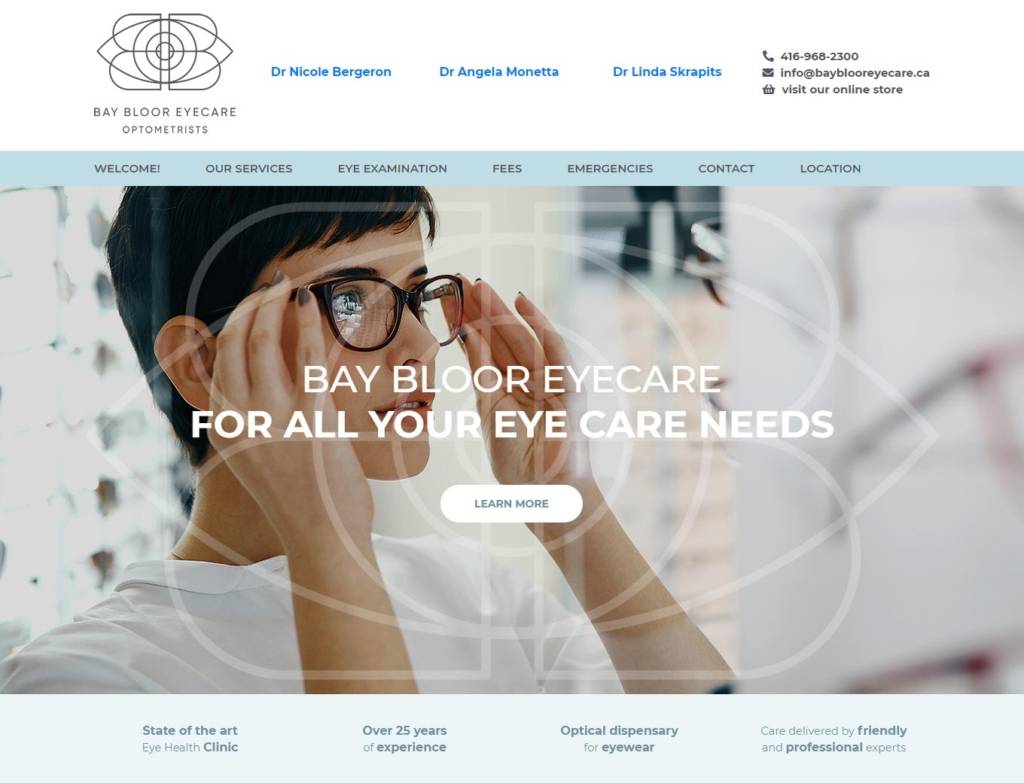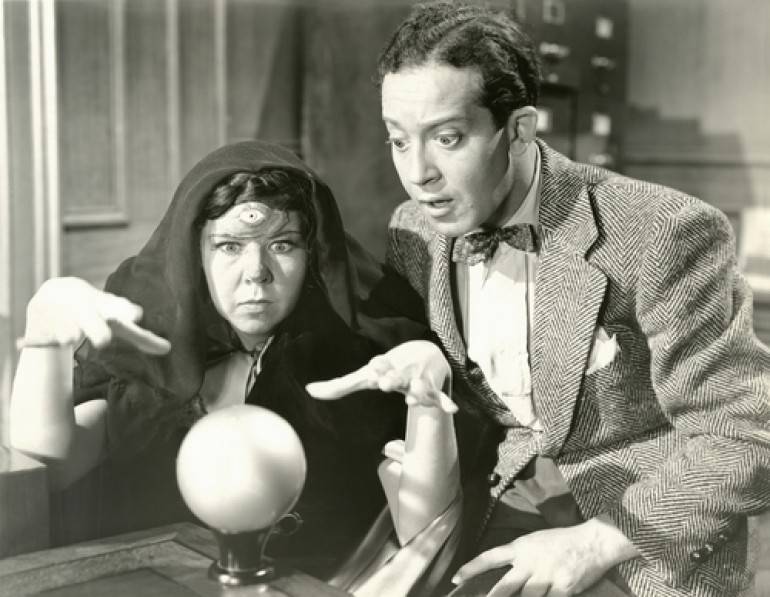With websites and their content being searched for and accessed by more devices than ever before, from smartphones to smart assistants, good web design is important… but what exactly is it, and what should you be looking for?
Web design is nothing short of an art; there are lots of different elements which make up “good web design” and it is not something which can be measured by looking at one metric alone, however, it’s something you absolutely need to know. Without having a good, modern web design, you will be missing out on tons of potential leads and conversions.
The Elements of Good Web Design
Although it is very difficult to quantify what makes a specific web design good, there are plenty of different elements and indicators you can be looking out for. If you’re lacking in any of these areas, perhaps it’s time you consult the best website design company which has experience producing websites for businesses within your industry.
1. User experience (UX)
Security, speed, ease of use and an intuitive navigation are just a few of many UX elements which you need to nail with your web design. Many of these elements are not immediately apparent when you look at your website; the look of your website doesn’t tell you much about your security or how your customers cope with its navigation. UX, however, is a make-or-break consideration and it is the most important element to get right. Cumbersome navigation, pages which take forever to learn and a design which is harsh on the eyes are all things which can cause a potential customer to leave and never come back.
2. Strong content
Your content needs to be high-quality, engaging and readable for both SEO and design purposes. If your visitors cannot understand your content – either its wording or the fonts and colours being used – then you cannot convey your brand’s message or mission. In addition to this, if your content does not engage the end-user or does not resonate with their wants, needs and values, they are not going to be interested and will leave your site. Content is not only important for design purposes either; it is the cornerstone of SEO and good content is crucial for ranking well in search engine results.
3. Search engine optimisation
Expanding on SEO further, there are many ways by which your website’s design can have a negative (and positive) impact on your SEO; quality content is only one part of good SEO. One example of how a website’s design can have a negative impact on SEO is the use of images – the bots which crawl and index webpages cannot see images, so they need alt-tags so these bots know what your images are about. Other design flaws which negatively impact your SEO include inefficient coding and the absence of a sitemap.
4. Style and substance
Although beauty is in the eye of the beholder, that doesn’t mean that you don’t need to follow certain principles when it comes to your website’s theme and style. Good website designs align well with a brand’s image, are clean and complement the products and any web content flawlessly. A consistent style used throughout your website which aligns with your brand’s values and image by helping convey your message is a key consideration; eliminate contradictory choices in style and opt for consistency. Don’t try to be too flashy, either!
5. Speed and loading times
Slow speeds and page loading times are not only the result of technical difficulties originating in the backend, they can be caused by bad web design. Whether it be inefficient code, images which are too large or the use of outdated web design practices, slow speeds are a major problem and will frustrate even the most patient of visitors.
Nailing your web design is vital and you should seriously consider outsourcing it to the professionals. Unless you’re a proficient web developer with years of industry experience, you would be best placed consulting a website design company to handle the whole or part of your web design project for you. Web design companies which are any good will be able to handle all the above for you, and then some. A good web design agency will not only be able to create you a killer website, but ensure it is fast and runs efficiently.
Measuring Analytics and Marketing Metrics
UX metrics do tend to differ from marketing metrics, however, there is overlap in several main areas such as page views, conversion rate and visit duration. Using these metrics, you can easily figure out whether your visitors are having a good or bad user experience and whether or not they’re being engaged by your website, both with your overall web design and your brand.
These metrics should be closely monitored when you launch a new iteration of your website with its new design; improvements in key metrics are an indication that improvements have been made and you can use this information to make further improvements.
You can also attach Google Analytics to your website which will feed back valuable information and data which you can use to gauge your engagement level. Although it helps to have historical data which can act as a benchmark, if you haven’t got Google Analytics yet don’t worry, however, you need to get it installed as soon as possible and start pulling valuable data.
Lots of metrics and pieces of data will be measured by Google Analytics, and here are some of the valuable ones you need to be looking out for –
• Organic search traffic;
• Bounce rate;
• Time spent on your site;
• Pages engaged with.
Website designers will be able to use this data and more to make drastic improvements to your website’s overall design and optimisation.


